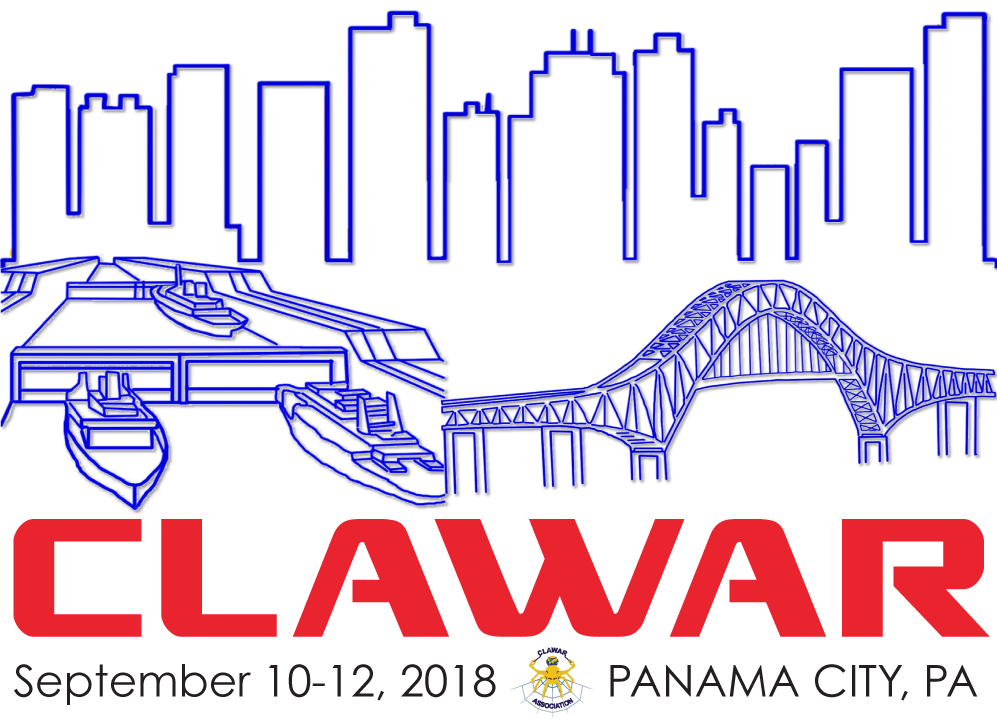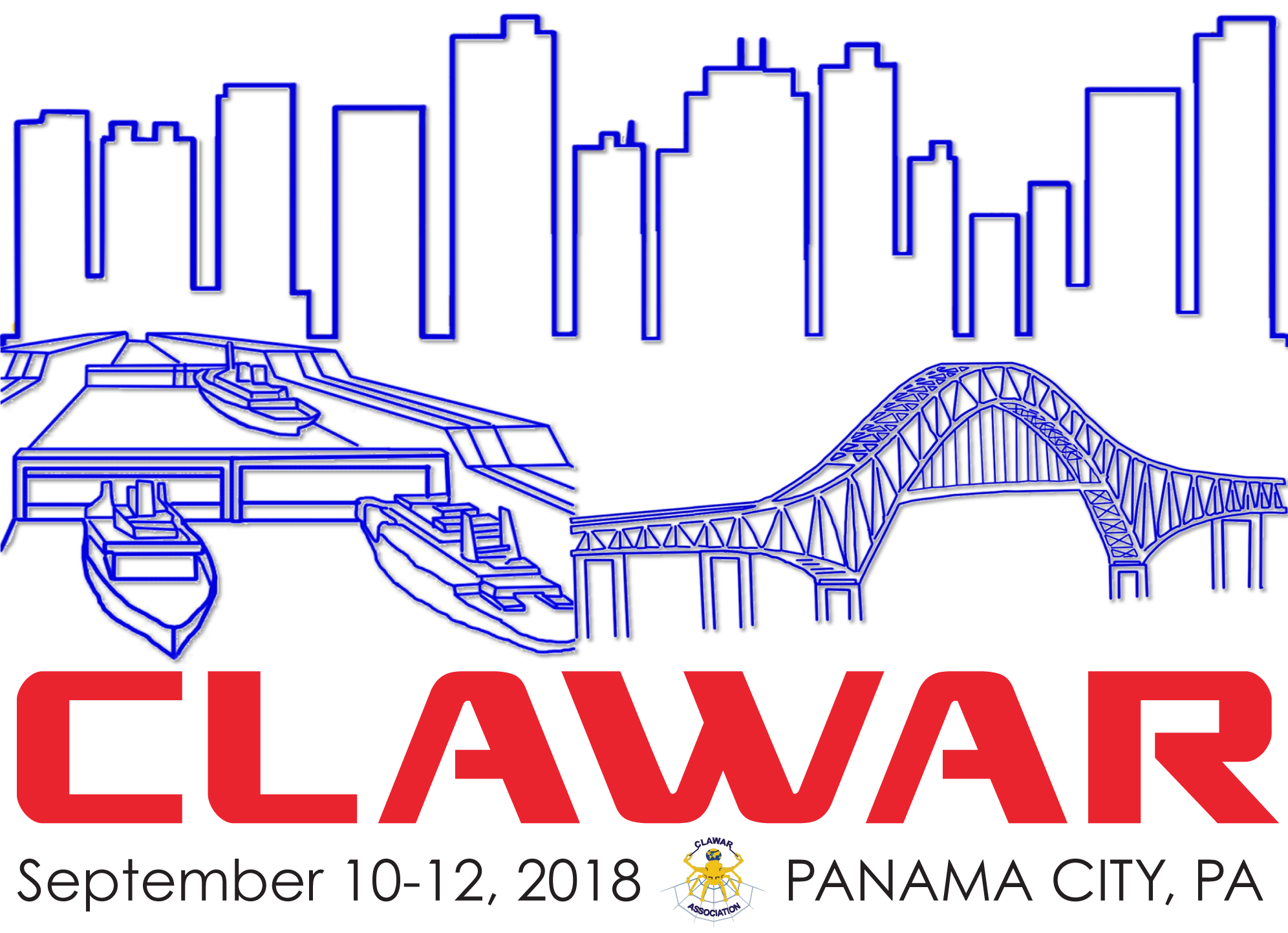
Prof. Xie Ming
Nanyang Technological University, Singapore
Personal webpage
Title of presentation: Humanoid Robot: A Review of Our Research Works
Abstract: Since 1996, we have embarked on the journey of developing humanoid robots at Nanyang Technological University, Singapore. We have ventured into the various technical aspects of humanoid robot development. In particular, we have placed special emphasis on mechatronics design of humanoid robots, planning and control of biped walking, hand-eye coordination for humanoid robots, cognitive vision for humanoid robots, and cognitive speech for humanoid robots. Since 2006, several teams in Singapore have received a substantial amount of research grants and have developed together two full prototypes of humanoid robots, which are about 1.8 meters in height and weigh about 80 kg each. And, each humanoid robot has 42 degrees of freedom with independent actuations. In this plenary talk, I will share some findings and results related to the R&D works of humanoid robot in Singapore.
Brief Bio:
Xie Ming received the B.Eng degree in control and automation engineering. Subsequently, as a recipient of the overseas scholarship from Chinese government, he has completed the study for Master degree in the University of Valenciennes (France) as well as the research for PhD degree in the University of Rennes (France). He is Associate Professor of Nanyang Technological University, and was a Fellow with Singapore-MIT Alliance (SMA). He was the General Chair of 2007 International Conference on Climbing and Walking Robots (CLAWAR), the General Chair of 2009 International Conference on Intelligent Robotics and Applications (ICIRA), the Co-founder of the International Journal of Humanoid Robotics (SCI/SCIE indexed), Co-founder of Singapore-China Association for Advancement of Science and Technology, Co-founder of Robotics Society of Singapore. He has taught the courses such as Robotics, Artificial Intelligence, Applied Machine Vision, Measurement and Sensing Systems, Microprocessor Systems, and University Physics. In terms of scientific research, he has published two books, two edited books, several book chapters, over 10 patents of invention, over 30 research papers in scientific journals and over 100 research papers in international conferences. He was the recipient of one best conference paper award from World Automation Congress, the recipient of one best conference paper award from CLAWAR, the recipient of one outstanding paper award from International Journal of Industrial Robot, the recipient of one Gold Prize (S$8K) from CrayQuest, the recipient of one Grand Champion Prize (S$15K) from CrayQuest, the recipient of one A-Star's Best Research Idea Prize (S$5K), the recipient of one Silver Medal from Dragon Design Foundation.

Prof. Krzysztof Kozlowski
Poznan University of Technology, Institute of Automation and Robotics, Poznan, Poland
Personal webpage
Title of presentation: Artificial potential function methods in mobile robotics and multi-agent systems
Abstract: Motion control is the fundamental problem of mobile robotics. It is non-trivial even for typical non-holonomic mobile platform executing set-point control in a free space. Real-life applications require solving this problem in an environment with static or dynamic obstacles. The shape of obstacles affects the complexity of the algorithms significantly. Circular shaped obstacles are the simplest ones. Star-shaped class of obstacles includes ellipses, super-ellipses and more complex, convex and non-convex geometrical figures which, however, have 'center point' fulfilling the condition that all rays starting at this point intersect the boundary of the obstacle only once.
In this presentation an overview of selected algorithms based on artificial potential functions (APF) is presented. It includes both classic local APFs used to avoid collisions and global APFs, called navigation functions that not only avoid collisions but also drives the robot to the desired positions. Some of these approaches are extended to formations of robots that execute the task in a coordinated manner and avoid collisions between agents.
Usefulness of various developed control algorithms is determined by their properties: stability, convergence and their behavior in the transient states. Theoretical analysis of new control algorithms is presented. Simulation results supported by experiments with differentially driven mobile robots MTracker are widely discussed.
Brief Bio:
Professor Krzysztof Kozlowski received the M.Sc. degree in electrical engineering from Poznan University of Technology (PUT), Poland, and the Ph.D. degree in control engineering from PUT in 1979, where he currently holds full professor position in robotics and automation. In 1993, he was a Fulbright scholar with Jet Propulsion Laboratory, Pasadena, USA. He founded and serves as a chairman of a new Institute of Automation and Control established on May 1, 2017 at Poznan University of Technology.
He teaches and conducts research in the area of modeling and control of industrial and mobile robots. His research interests include multi-agent systems, identification and various robotics applications. His research publications include more than 140 conference papers and more than 65 papers published in national and international journals. He is an author of the book titled Modelling and Identification in Robotics (Springer-Verlag, 1998).
He was an Associate Editor for the IEEE Transactions on Control Systems Technology (1999-2008), for the IEEE Robotics and Automation Magazine (1998-2002), for the Journal of Intelligent and Robotic Systems (2005-2010) and for the International Journal of Applied Mathematics and Computer Science, (1999-2017), IEEE Conference Editorial Board, Conference on Decision and Control (CDC) and American Control Conference (ACC) since 1999 till now. He was the member of the Administrative Committee, IEEE Robotics and Automation Society 2000-2002, 2004-2005 and the member of the Board of Directors, IEEE Control Systems Society, 2003-2004. He serves as the chair of the IEEE Robotics and Automation Chapter, Polish Section, 2000-2008 and 2014-2019.
He conducted 39 different research scientific projects as supervisor (26) and as principal investigator (13) granted by national research institutions and 2 international research agencies.

Prof. Philippe Bidaud
Scientific Director for Information Processing and Systems at ONERA (French Aerospace Research Center) Chemin de la Hunière – Palaiseau – France
Philippe.bidaud@onera.fr
Title of presentation: Control Architectures for Robust Multi-Robot Autonomous Systems
The control of complex dynamic systems, both in their behaviour and in their mission, goes through the implementation of multi-loop control architectures based on information about the system internal state and from the environment, as well as on the mission plan state. This results in systems that are becoming increasingly autonomous, for which requirements in terms of safety and reliability, as well as expected performance, are increasingly high. Research works developed at ONERA in the field of control for autonomous systems cover all levels of the control architectures, which are basically structured with respect to temporal aspects, as well as the level of abstraction that they entail for the system dynamic.
We will consider them in presentation by increasing level. We will discuss the advances achieved recently in the robust control techniques of uncertain dynamic systems generally implemented at the lower control level and we will discuss their extensions to consider input and output constraints, as well as the hybrid nature of most of the systems considered. To design "task" level control primitives that take place just above the previous control loops, we will introduce sensor-based robust and non-linear control techniques. These are based on information on the environment extracted from exteroceptive sensors, to estimate their state and to adapt system behaviour to uncertainties and perturbations. Multi-sensor and/or multi-objective controls will be discussed in this particular context.
We will also present several recent results in the field of trajectory tracking based on visual navigation techniques in complex environments, which combine objectives and constraints within the same control architecture. We will discuss how model predictive control (MPC) techniques and advanced optimization techniques can be used for solving the resulting control problems. In addition, we will discuss several ongoing developments of these methods by exploiting distributed model predictive control techniques (DMPC) and predictive control of hybrid systems. Finally, integration with the control architectures at the upper level of reactive, predictive and distributed planning capabilities will be proposed to accommodate time constraints and uncertainties in decision.
Brief Bio:
Philippe Bidaud is Scientific Director for Information Processing and Systems at ONERA (French Aerospace Research Center) and Professor at the Paris-Sorbonne University. He is also advisor for the national Robotics program of the French Ministry of Industry.
He has got a PhD in Robotics in 1984 and began his career as a CNRS researcher at the Laboratory of Mechanics and Robotics at Paris 6 University. He subsequently directed several research groups in Robotics before to become deputy director of the Robotics Laboratory of Paris (LRP) in 1999 and then director. In 2002 he created the Institute for Intelligent Systems and Robotics (ISIR) in Paris to which he provided leadership until 2013 before moving to the French Aerospace Research Center.
His research interests are in the design and control of autonomous and interactive robotic systems including field robotics, humanoid robotics and space robotics. He is author of more than 200 scientific papers in this domain and a ten of patents. Part of his bibliography is accessible at
https://www.researchgate.net/profile/Philippe_Bidaud2













